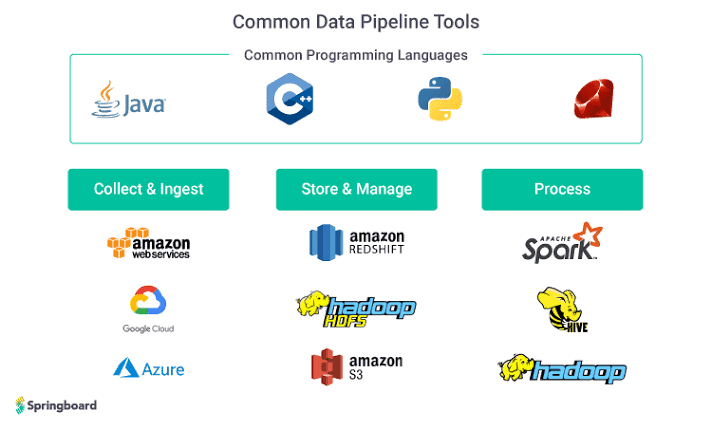Data Engineering Tools

Data is a new oil. To channelize this data we need proper pipelines. These pipelines are mostly called ETL or data pipelines. There are various tools out there to work out these Extract, Transform, and Load (ETL) operations. Some of the scripting tools are: - Python - SQL and NoSQL Apache provides a wide range of products that can be used as Data Engineering tools. Some of the amazing apache DE services comprised of; - Hadoop - Spark - Kafka - Cassandra - Hive In addition, some cool DE tools are: - Tableau - Talend - MapReduce These DE tools provide a way to manage the data pipelines in a more effective, efficient, and better way. Almost every Data-Oriented company in the corporate sector is highly dependent upon these technologies. They are leveraging many of the above-mentioned mechanisms for promising Data Services and Architecture. That's it for today. Hope you have enjoyed this article. If you want to know more about data or software relat...



